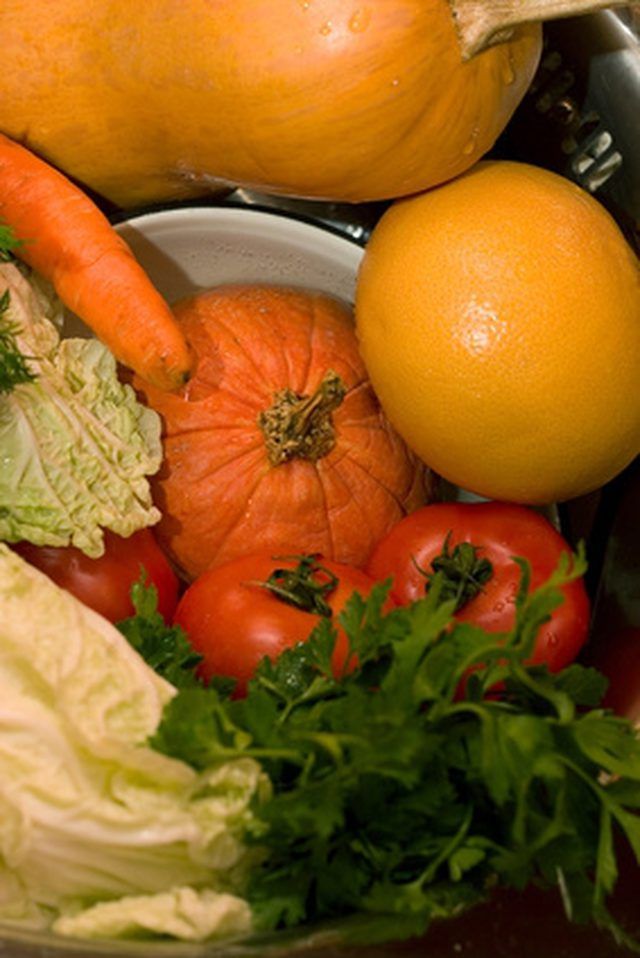Bulbs
Flower Basics
Flower Beds & Specialty Gardens
Flower Garden
Garden Furniture
Garden Gnomes
Garden Seeds
Garden Sheds
Garden Statues
Garden Tools & Supplies
Gardening Basics
Green & Organic
Groundcovers & Vines
Growing Annuals
Growing Basil
Growing Beans
Growing Berries
Growing Blueberries
Growing Cactus
Growing Corn
Growing Cotton
Growing Edibles
Growing Flowers
Growing Garlic
Growing Grapes
Growing Grass
Growing Herbs
Growing Jasmine
Growing Mint
Growing Mushrooms
Orchids
Growing Peanuts
Growing Perennials
Growing Plants
Growing Rosemary
Growing Roses
Growing Strawberries
Growing Sunflowers
Growing Thyme
Growing Tomatoes
Growing Tulips
Growing Vegetables
Herb Basics
Herb Garden
Indoor Growing
Landscaping Basics
Landscaping Patios
Landscaping Plants
Landscaping Shrubs
Landscaping Trees
Landscaping Walks & Pathways
Lawn Basics
Lawn Maintenance
Lawn Mowers
Lawn Ornaments
Lawn Planting
Lawn Tools
Outdoor Growing
Overall Landscape Planning
Pests, Weeds & Problems
Plant Basics
Rock Garden
Rose Garden
Shrubs
Soil
Specialty Gardens
Trees
Vegetable Garden
Yard Maintenance
What Is the Purpose of Planting in Mounds?
What Is the Purpose of Planting in Mounds?. Planting your garden in mounds allows plants effective drainage and irrigation and has many added benefits increasing the productivity of your plants. Mound planting is a much easier method of gardening over furrow planting and will save in time and labor. There are many advantages to this type of...

Planting your garden in mounds allows plants effective drainage and irrigation and has many added benefits increasing the productivity of your plants. Mound planting is a much easier method of gardening over furrow planting and will save in time and labor. There are many advantages to this type of gardening. Harvesting can be done with added ease and enjoyment.
Early Beginnings of Mound Gardening
Mound gardening was created approximately 2,000 years ago by the Aztecs, who needed to reclaim marshy areas for growing crops. Raised beds, sometimes called floating beds, are very effective in growing in this type of condition. Growing in mounds also reduces watering and irrigation problems. Mounds deter insects and help to protect against disease.
About Planting in Mounds
The average mound is 18 to 24 inches high and allows for excellent drainage due to height and the loose soil around the edges. Many types of vegetable plants thrive in this method of planting. Mounds allow plants to become deeply rooted, producing healthy, abundant results. Big plants like pumpkins, melons, zucchini, squash, eggplant and potatoes are most generally planted in mounds. But many plants can benefit from this method of planting. Some examples are carrots, beets, radishes and peppers.
Mounds Are Very Effective
Growing in mounds can be a very effective use of space. It also will allow you to conveniently take care of and harvest your fruits and vegetables by having them located in close proximity. Plants that vine should be planted around the bottom perimeter. Your plants should be arranged according to height in circles around the mound. Work your way up the mound, reserving the very top for plants like tomatoes or pole beans.
Companion Planting in Mounds
Another effective way to grow in mounds is to have the mound extend down the length of the garden instead of having a circular shape. This also allows the benefit of drainage, irrigation and companion gardening. When you utilize companion gardening there are many benefits. Plants assist each other in nutrient uptake, pest control and other factors needed to increase the productivity of your crops.
Ease Associated With Mound Gardening
Mound gardening saves time and effort during preparation of the soil in mulching, weed control and pest control. Plants gain added benefits in companion planting, and harvesting is accomplished more effectively due to proximity of plants. The worry of losing plants to excessive water accumulation is nearly eliminated.